Are you considering taking a job in a different country? If Europe is where your dreams are heading, perhaps Germany, Netherlands, or Italy, you have to understand the process of applying for a work permit.
Every country has its unique steps, documents, and guidelines in Europe. But the goal behind it is the same: to prove one’s legal rights to permit work. While finding it complicated at first, worry not. Everything can be made smooth and soon one can start a new job without hindrance to a foreign land with the right set of actions.
This blog will explain how to apply for a work visa and the required documents, application procedures, and common mistakes to avoid. Whether you are an employee or an employer, the entire process is illustrated clearly.
What Is a Work Permit and Why Is It Important?
Work permits are documents issued by an immigration department in a given country that allows a foreigner to work legally in that country. In the absence of this document, you can face various problems in the line of fines, possible deportation, or anything else that is legally oriented in addition to losing your job.
That’s why it’s so important to understand how to get a work permit. It’s your golden key. It opens doors to employment, social benefits, and legal interests in one’s life abroad.
When Do You Need a Work Permit?
Not every job abroad requires a work permit. Yet the fact is that most countries do not permit foreigners to work without a work permit. Here are some common scenarios that demand a work permit application:
- Full-time employment contracts
- Temporary or seasonal jobs
- Internships in regulated sectors
- Freelance or self-employed work (in certain countries)
- Company transfers from one branch to another
Some countries also have exemptions for specific nationalities or job sectors, but these are rare and temporary.
Types of Work Permits
There are different types of work permits, depending on the destination and type of work. The following are the most common types:
1. General Work Permit
This is for employment in a company, which usually demands job-offer and sometimes labor market approval.
2. Skilled Worker Permit
This is offered to professionals in specialties which are considered to be in high demand like IT, health, or engineering, so the processing period for these permit types is actually shorter.
3. Seasonal or Temporary Work Permit
This is best for jobs in agriculture, hospitality, or construction. This permit is eligible for not more than three months.
4. Self-Employment Permit
This allows freelancers and business owners to work legally for themselves in a different country. You will be required to provide a strong business plan as well as economic proof.
5. Intra-Company Transfer Permit
This enables you to keep working under your current employer even if you get transferred to a branch of the same company in another country.
How to Get a Work Permit: Step-by-Step Guide
So the main query is, how to get a work permit? Here is a step-by-step breakdown of the most common procedure which many countries usually follow:
Step 1: Get a Job Offer
Most countries require a valid job offer in order for you to submit an application. A few may even insist that the employer shows evidence that they could not find a local candidate first.
Step 2: Check Eligibility Criteria
Every country has its own eligibility rules. These may include:
- A valid passport
- Relevant educational or professional qualifications
- Proof of clean criminal record
- Medical clearance
- Job contract with salary details
Step 3: Gather Required Documents
Make sure your paperwork is complete. Typically, you’ll need:
- Passport-sized photos
- Passport copy
- Job offer letter or contract
- Academic/professional certificates
- Proof of accommodation (sometimes)
- Completed work permit application form
Step 4: Submit the Application
Your application needs to be submitted by either you or your employer online or in-person at the immigration office or embassy. The processing time can vary between a few weeks to a few months.
Step 5: Attend the Interview or Biometric Appointment
In most of the countries, your work permit application will not be processed until you have appeared in person for an interview, for biometric data collection, or for both. This is done so that immigration authorities can verify your identity and the authenticity of your documents.
Why This Step Matters
Even if your paperwork is perfect, missing this appointment can delay or even cancel your application. Countries use these checks to verify:
- Your background and intent
- Passport authenticity
- Employment details
- Facial recognition and fingerprints (for biometric security)
What to Expect During This Step
Depending on the destination country, you may be asked to:
- Visit the nearest consulate or visa center
- Bring original copies of submitted documents
- Submit fingerprints and digital photographs
- Answer questions about your job offer, qualifications, or travel history
Some countries also ask about your accommodation plans, financial resources, or your long-term intention (e.g., do you plan to return after your job contract ends?).
Common Questions During Interviews
- What’s your role at the company?
- Why are you applying for this job abroad?
- How did you get the offer?
- Do you have experience in this field?
- Have you traveled internationally before?
Being confident and honest is key. Stick to the facts and don’t exaggerate.
Tips to Prepare
- Dress professionally
- Arrive at least 15–20 minutes early
- Bring all requested documents (plus copies)
- Practice common questions if you’re nervous
- Confirm your appointment location and time the day before
Step 6: Wait for Approval
After submission, your application undergoes background checks. If successful, the work permit along with the residence visa is granted to you.
Common Mistakes to Avoid When Applying for a Work Permit
When learning how to get a work permit, one thing becomes clear, details matter. Even a tiny mistake can breach or delay your application. So, avoid these common errors:
1. Incomplete Documentation
Missing only one document from the list of the requirements would mean denial of your application. Therefore, check and double-check the checklist.
2. Applying for the Wrong Permit
Ensure that the type of permit fits the particular job offered to you. Do not apply for a freelance permit if you have a salaried job offer.
3. Ignoring Local Rules
Certain countries require employers to register the job first with local labor authorities. Always research the exact procedure for your destination.
4. Waiting Too Long to Apply
Authorities may take a few weeks to approve a work permit, so apply as soon as possible to prevent delays with your job.
Tips for a Successful Work Permit Application
Want to boost your chances? Follow these expert tips:
- Double-check all your forms before submission
- Get translations certified if your documents aren’t in the official language
- Keep digital and physical copies of everything
- Ask your employer to stay in touch with immigration authorities
- Consider using a licensed consultant or legal service
These simple steps can greatly improve your chances if you’re wondering how to get a work permit successfully.
Renewing or Extending a Work Permit
If your job is continued or you move to another employer, you should renew or reapply for another permit. Most countries offer an extension but only if you apply before the expiry date.
Can You Work Without a Permit?
Technically, no. Most countries prohibit working without a valid permit. Doing so may result in:
- Deportation
- Employer fines
- A ban on future entry or visa approvals
Always make sure your permit work status is confirmed before starting a job. A key part of learning how to get a work permit is knowing that you must wait for full approval before beginning any kind of work. Starting too early can lead to serious legal trouble.
Wrap Up
It is only half the battle to get the job; knowing how to obtain a work permit validates it, makes it secure, and protects it. If you go overseas to work for a brief period or to start a long life there, always stay ahead and secure your work permit at the very earliest.
Experiencing difficulties with the complex work permit application processes? Get in touch with the EU Info Hub, and let us help you ace it.
FAQs
1. Can I switch employers after getting a work permit?
It depends on the country. Some permits are employer-specific and may require a new application if you change jobs.
2. How long does a work permit last?
It could be found for a maximum period of 1 year to 3 years, but that is generally dependent on the type of work, employment contract, or the destination country.
3. Can I bring my family on a work permit?
Yes, in many cases even though it may require applying for dependent visa applications along with the main application.
4. Do students need a work permit for part-time jobs?
Yes, in most countries, they should apply for permit work or verify if their student visa allows them to do so.

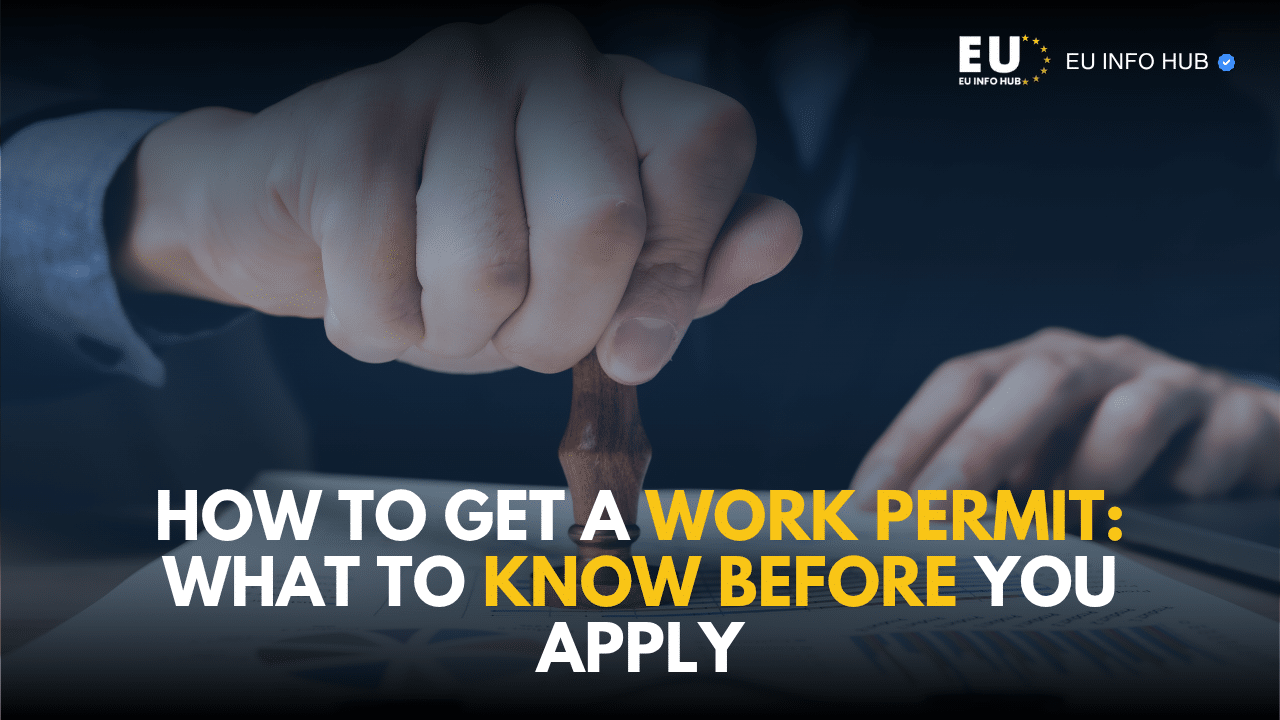


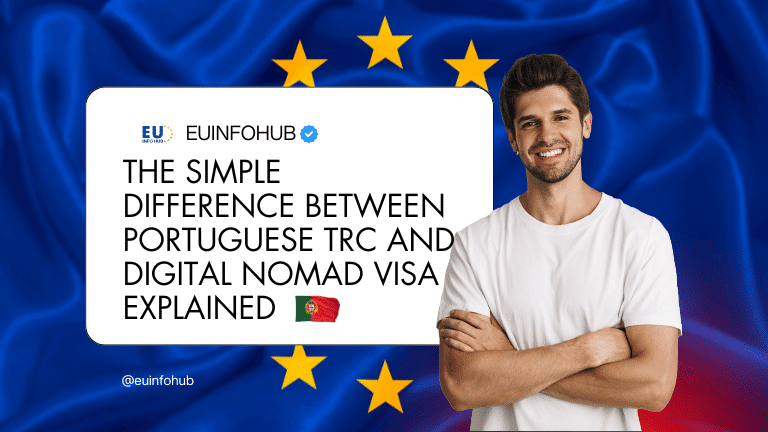
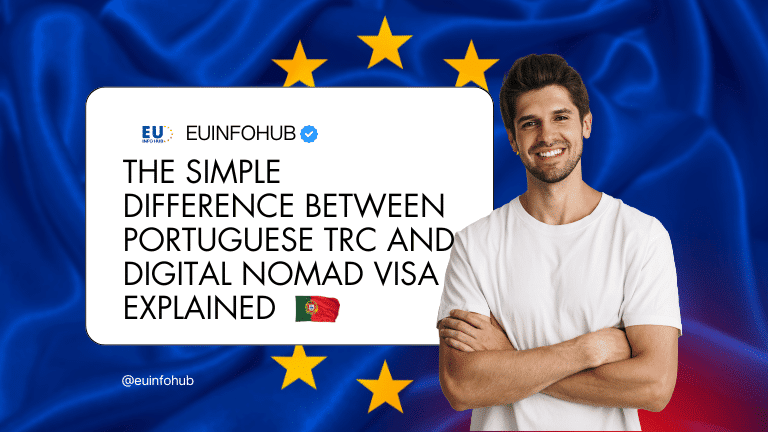

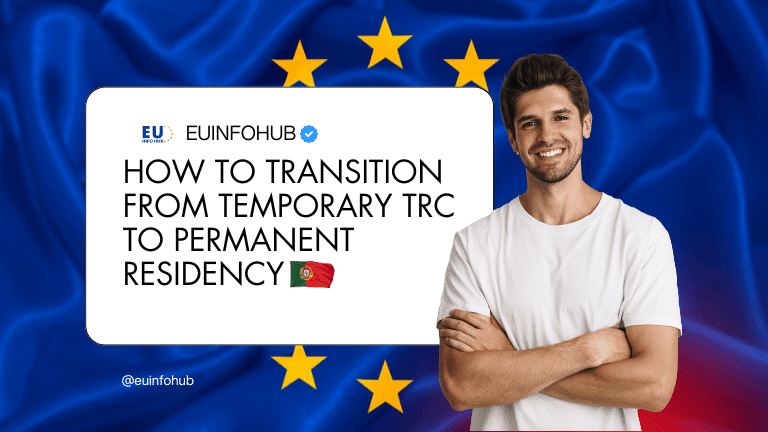


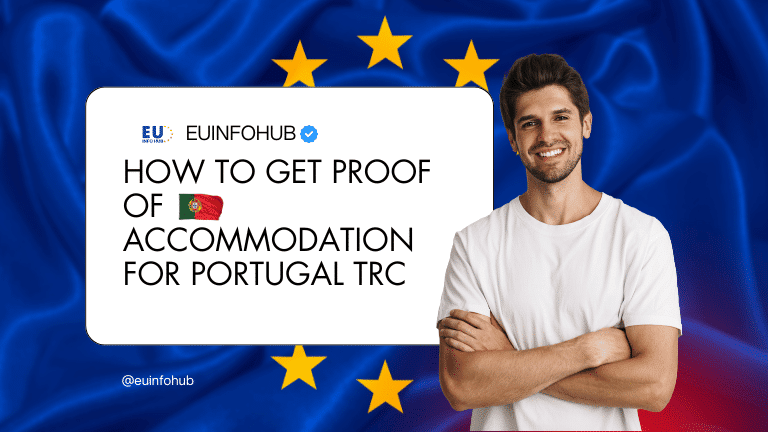

2 thoughts on “How to Get a Work Permit: What to Know Before You Apply”